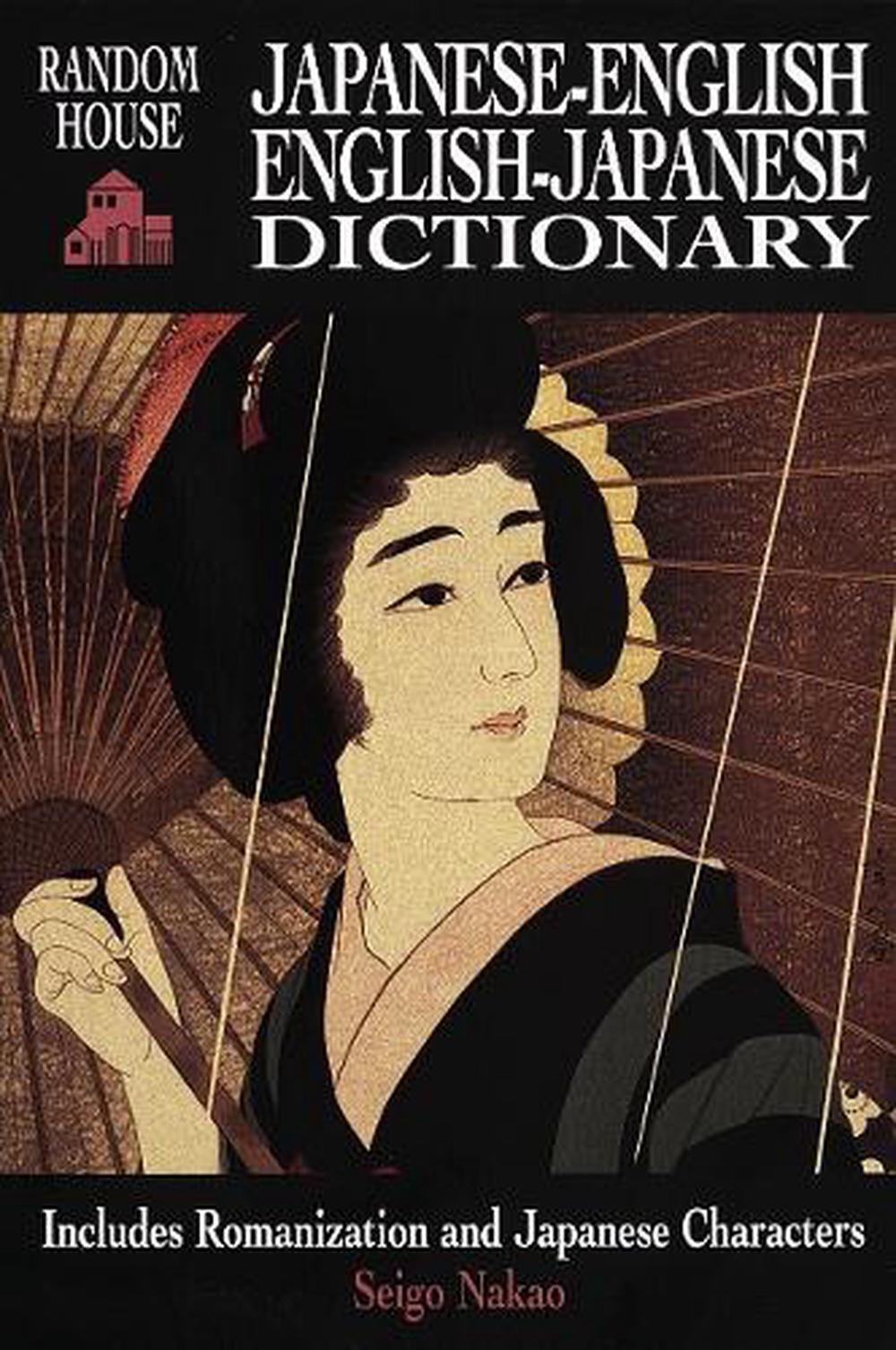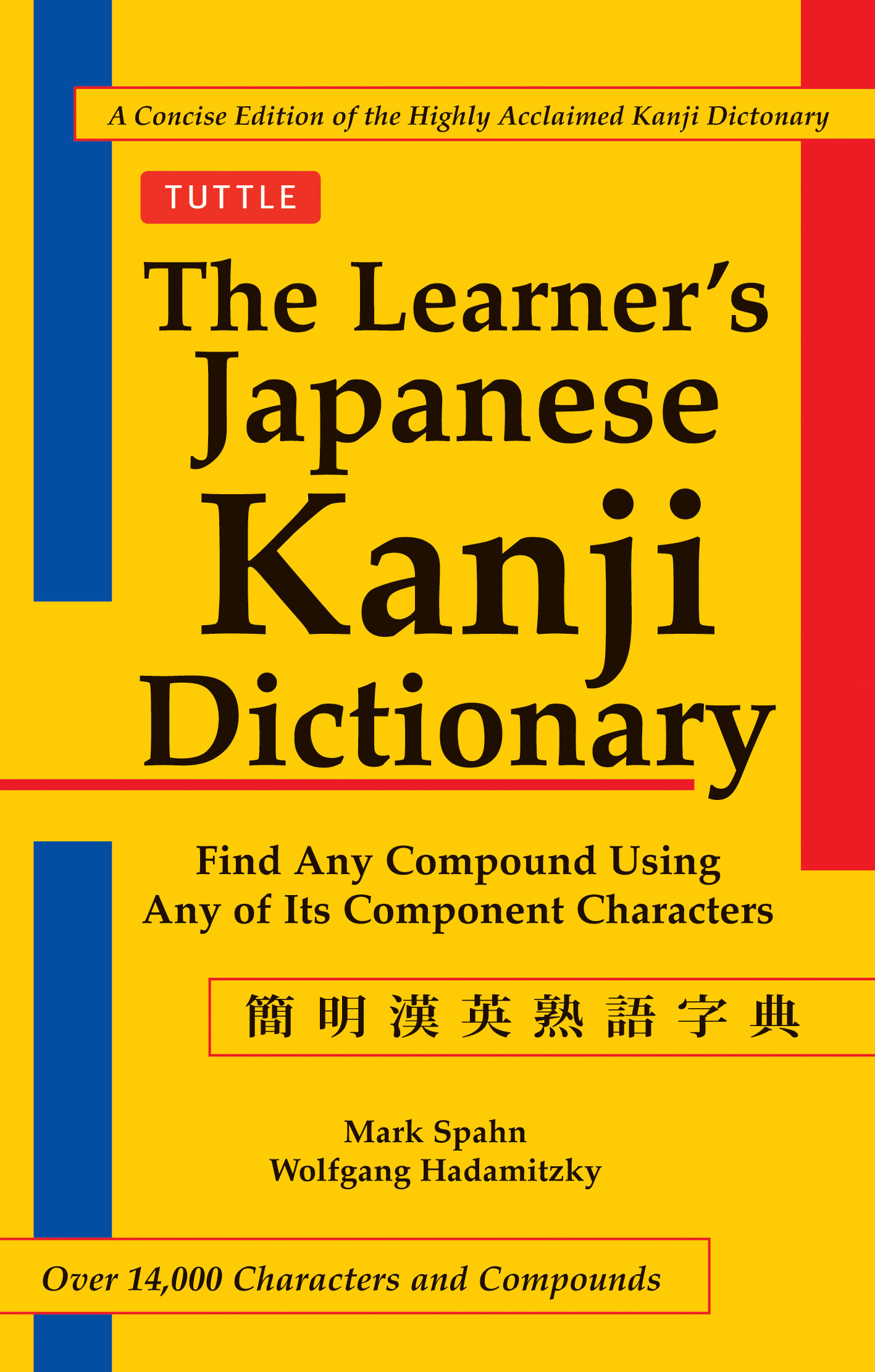
Since a proper understanding of the meanings of each character is essential for the effective mastery of the Japanese vocabulary, this is of considerable benefit to the serious student. The Kodansha KanjiSynonyms Guide offers complete guidance on the precise distinctions between characters of similar meaning, referred to as kanji synonyms. Based on the author's world renowned The Kodansha Kanji Dictionary, this new work serves as the first ever bilingual kanji thesaurus, and offers complete guidance on the precise distinctions between characters of similar meaning, referred to as kanji synonyms. The Kodansha Kanji Synonyms Guide is a new type of reference work that enables intermediate and advanced learners to deepen their understanding of how kanji synonyms are used in contemporary Japanese. The first Japanese-English resource devoted exclusively to kun homophones, the book presents detailed usage articles that show the differences and similarities for 675 homophone groups, or 1590 kanji headings-the vast majority of single-character kun homophones in current use. Published in 2015, The Kodansha Kanji Usage Guide: An A to Z of Kun Homophones is a new type of reference work that enables learners to deepen their understanding of how kun homophones are used in contemporary Japanese. Armed with this unique guide, learners will discover in kanji new meanings they never knew existed, and learn to write Japanese more articulately than ever before.

With headwords arranged in Japanese a-i-u-e-o order and thousands of illustrative examples of kanji in context, the Usage Guide is at once a dictionary and a manual-an all-around resource for clarity on kanji used in kun homophones. And, in keeping with modern Japanese-language curricula, character and compound readings are shown in kana instead of romanized Japanese. The new edition also features more readings, meanings, synonym articles, usage notes, and vocabulary items than before. This includes all the government-prescribed Jōyō and Jinmei Kanji, as well as other important characters used in literature. This revised, expanded edition includes the integration of 4,408 entry characters-almost 20% more than in the first edition. The culmination of more than a quarter of a century of labor-over 100 man-years-this authoritative and easy-to-use dictionary has been celebrated the world over by students and teachers of the Japanese language for its wealth of detailed information on the meanings and usages of Sino-Japanese characters. The Kodansha Kanji Dictionary (KKD) -a revised, expanded edition published in August, 2013 of Jack Halpern’s groundbreaking New Japanese-English Character Dictionary (published by Kenkyusha in 1990)-is the most complete, linguistically accurate, and up-to-date dictionary of its kind. Names, thousands of additional compounds and other usage examples, and alternative forms of kanji when more than one is considered acceptable, the world finally has a kanji dictionary that addresses current thinking about literacy standards in Japan and one that can be used at every level of study from beginning to advanced. With additional new features such as the use of Kana instead of Romanized Japanese, expanded coverage of nanori, or kanji readings found only in With 3,002 character entries-772 more than in the first print edition-this is the most comprehensive and up-to-date dictionary of its kind. Yet it also includes numerous enhancements, including hundreds of new kanji reflecting recent revisions to the Jōyō and Jinmei Kanji lists (the sets of characters prescribed by the Japanese government for use in writing and in personal names). This includes core meanings, detailed character meanings, stroke order diagrams, cross-references to homophones, numerous compounds and examples, and a speedy indexing system.

The highly anticipated second edition of The Kodansha Kanji Learner’s Dictionary (KKLD), published in May, 2013, retains all the features that made the original 1999 parent work so popular, but includes several enhancements.

Our Kanji Dictionaries The Kodansha Kanji Learner's Dictionary (KKLD)
#Japan dictionaries series#


 0 kommentar(er)
0 kommentar(er)
